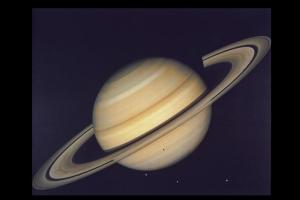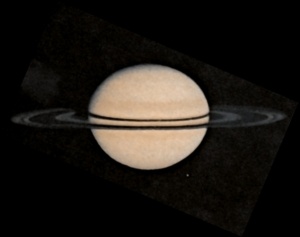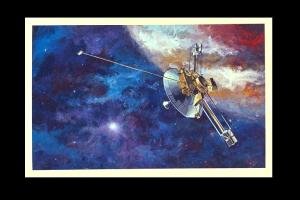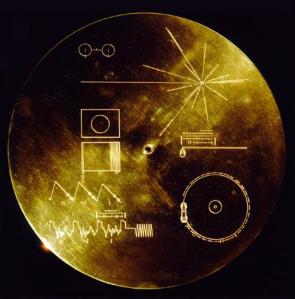Good morning bologna followers. I hope everyone had a good weekend. I sure did.
Let’s kick off this Monday with some science stuff.
Now, before I dive into the article, I feel the need to make a disclaimer, seeing as this is the internet & words can be taken to mean things that weren’t intended: I am in no way knocking any religion in this article. I am merely disproving ideas that certain people are spreading, in what I believe to be an attempt to make money off of the fear of those who believe in a higher power.
That being said, let’s get to it.
Very early tomorrow morning, if you go outside & look at the moon it’ll be a shade of deep red.
“A red moon?” you say.
Yes, a red moon, which many people, including a few Evangelist Christians & astrologers, call “blood moon.” Both groups claim that because there are going to be four of these in the next two years, the end of the world is coming. Well, I’m here to tell you that you’re all going to be fine & the absolute worst thing that can happen is that you’ll go outside at an outrageous hour & watch the moon turn a beautiful color. If that’s the worst that can happen, I’d say it’s a pretty sweet deal.
The concept of the “blood moon” was coined by Evangelical pastor, John Hagee, while his colleague, Pastor Mark Biltz helped popularize the end of days connection. “Blood moon” is specifically a term for the four total eclipses which are due in the next two years & these pastors have both widely spread the idea that God is telling us that the world is coming to an end. You can read about Biltz’ theory here (before the end of the article disproves the entire idea). Basically, these two Evangelists cite a Bible verse from the Book of Revelation, which states that the moon will undergo some very similar changes, & that signifies the Apocalypse. After that, the idea just spirals out.
This is the verse, as written in the Book of Revelation:
Then I saw Him open the sixth seal. A violent earthquake occurred; the sun turned black like sackcloth made of goat hair; the entire moon became like blood. –Revelation 6:12
Pretty eerie, huh? But wait; there’s more! The first of these lunar eclipses falls on the Jewish holiday, Passover, which is only a week ahead of Christianity’s most important one, Easter. The similarities are so striking that Hagee even wrote an entire book about it. It’s called Four Blood Moons: Something is About to Change.*
I won’t give astrology too much space here. You know how I feel about that subject. These guys, on the other hand are all screaming things like, “The moon is going to be red!”, “It signifies a dreaded change” & “A red moon lined up with the sun & Earth means misfortune, even though the notion that the positions of the solar system’s bodies in relation to us having any impact on our lives has been scientifically proven wrong, time & time again!” Okay, so I made that last part up, but I still stand by my point.
Anyway, In typical US news fashion, the networks picked up on the scent & in their standard ratings-driven form & made a bunch of light-toned reports which, of course, only fueled the end of the world theories. This is why I was impressed with this morning’s Today Show segment on the subject… at first. They gave an overview of what’s actually supposed to happen, which was refreshing. Then, they flushed all their credibility down the toilet after they used a picture of Mars & passed it off as the moon in their info-graphic. Oh, well; they tried. Either way, Carson Daily & crew (a phrase I’ll never take seriously because: TRL) did their best to explain that what will be happening during the early hours of tomorrow morning.
Without further ado, let’s get to the bottom of this.
We’re talking about nothing more than your standard lunar eclipse & because of the positioning & timing, over two years, there will be three more, which will come at regular six month intervals.
What explains the red color?
The moon, Earth & sun will be lined up, with the our planet sitting in between the other two. Sunight directed at the moon must pass through the atmosphere of the earth, & as it does so the gasses which make up our air scatter the scatter most of the wavelengths. Red light is let through. The same idea causes beautiful sunsets & sunrises, as the sun is low on the horizon. Depending on how complete the eclipse is (in some instances, the three bodies aren’t perfectly lined up, causing a partial eclipse), the light reflected off the moon ranges from an orange-red, through a deep “blood” red. The light reflected back from the moon all but disappears during a total eclipse. Look at these pictures from Universe Today’s article, “The Science Behind the ‘Blood Moon Tetrad’ and Why Lunar Eclipses Don’t Mean the End of the World.” Those are four lunar eclipses on four different dates, & every picture has some shade of red light reflected from the lunar surface.
What makes this one different than a normal eclipse?
Individually, it is no different, but this brings us to the word “tetrad.” The prefix “tetra” means four, just like the prefix, “tri” means three. In astronomical terms, a tetrad is a series of four lunar eclipses which happen during the span of a relatively short period of time. This one is two years, with each one taking place about six months apart. With the Revelation verse as their proof, they claim that the first red-colored moon will kick off the end of days. The coincidence is pretty striking…
Except when you look at it closely. Then it’s not so striking because tetrads aren’t that uncommon. The same Universe Today article, displays some very useful tables, which show the total number of lunar eclipses & tetrads dating back to the Eleventh Century & as far forward as the Thirtieth. The number of eclipses per century range from fifty-seven, in the Twenty-ninth, to eighty-seven in the Twenty-sixth. As for the actual groups of four, they span from zero in some centuries to as many as eight in others, so none of these things are really that rare in the scheme of things. Oh yeah, & the last one happened just ten years ago.

Phases of a lunar eclipse… ending in the red light reflected off the lunar surface.
Photo Courtesy of Wikipedia user: QHyseni
What’s significant about the first eclipse coinciding with Passover?
Actually, nothing. Most people don’t realize that Passover always falls on a full moon. Hey, guess what. Lunar eclipses always occur on full moons too. In fact, since the First Century CE, there have been eight tetrads which fell on Passover & some of these were years when Easter fell on the same day. All of these occurred without any problem.
Of course, in an astrological sense, the moon “turning red” means nothing. Let’s pretend for a second that the scientific data disproving astrology was invalid & that the gravities of the different planets & the forces of their magnetic fields did have significant impacts on our lives. Since an eclipse is just a trick of light, no physical characteristic of the moon changes during the process. No mass is gained, no mass is lost & its orbit remains the same. Its tug on Earth does not change. Astrologers: You have nothing to worry about.
All that said, I think that there are a couple of things we can learn two big things from this:
– Regardless of whether you’re religious or not, putting words in God’s mouth is never a good thing.
– Don’t pay attention to astrology. It doesn’t make sense.
So there you have it. Come tomorrow morning & the mornings of October 8, 2014, April 4, 2015 & September 28, 2015, we’re all going to wake up & go about our days. That’s good because I have a ton of records, phrases & sciency things to share with you.
I hope you all have a wonderful rest of the day & I’ll see you soon with another post!
Now you know; you’re welcome.
*In my opinion, this & many other public doomsday theories are ploys to make money. I don’t believe this book is here to warn people; It’s here to make wads of cash. Come on. The cover looks like a freaking sci-fi novel.

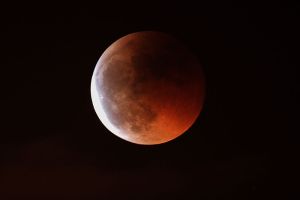


![Nerves_of_the_left_upper_extremity[1]](https://billsbologna.files.wordpress.com/2013/11/nerves_of_the_left_upper_extremity1.gif?w=157&h=300)
![Gray1236[1]](https://billsbologna.files.wordpress.com/2013/11/gray12361.png?w=300&h=105)
